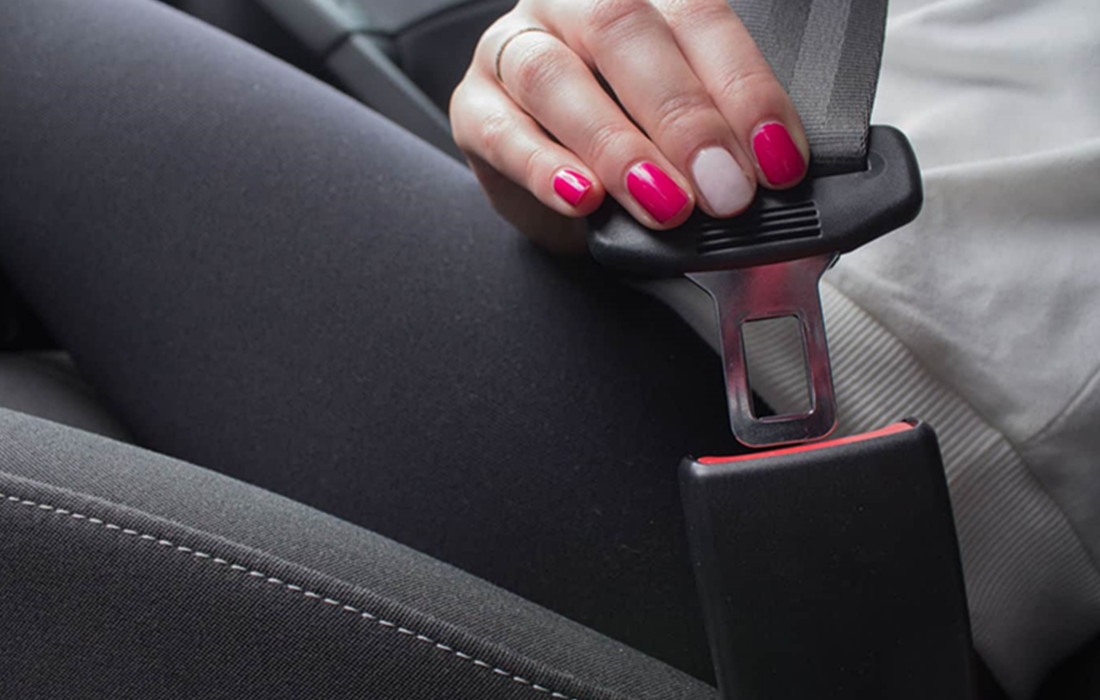The seat belts are a passive safety device (i.e. those that intervene after the crash, to avoid or reduce injuries) anchored inside the vehicle which, in the event of a collision, retain the body of the occupants to the seat (together with the airbag ), avoiding the impact against the internal structures and the projection outside the passenger compartment. They are one of the most important devices in the field of automotive safety. Few know its true potential. So let’s see how they are made and what they are for.
HOW DO THEY WORK?
Seat belts consist of:
* _Straps_
Flexible elements designed to hold the body of the occupants. They are preferably made of soft materials but resistant to cutting and scratching;
* _Rewinder_
The organ that allows the belt to be unrolled for the desired length, locking it in the event of rapid extraction (such as acceleration, braking, impact, curve, etc.);
* _Regulator_
Belt accessory that allows height adjustment;
* Anchors
Attachment points on the vehicle structure, to which the belts are attached;
* _Swinging ring_
A tool that allows you to fix the belt that passes through the anchor. It is generally made of steel with a co-molded plastic cover and its plastic deformation during impact dissipates a small part of the energy;

* _Closing tab_
A simple tool that serves to facilitate fixing;
TYPES OF SEAT BELTS
* _Sub-abdominal or “colon”_
It only wraps the pelvis and is equipped with two anchor points. It can be used on the rear center seat and on the front central seat if the vehicle is equipped with it and is similar to the belt used on coaches and airplanes;
* _Three points_
The most popular belt in private cars in the world. Invented in 1959 by Volvo technician Nils Bohlin, they consist of a lap belt and a diagonal;
* _Suspender_
Consisting of a lap belt and two shoulder straps. The shoulder belts are used on racing cars (for example rally cars and Formula 1 cars) and for the specific transport of people in certain physical conditions.

